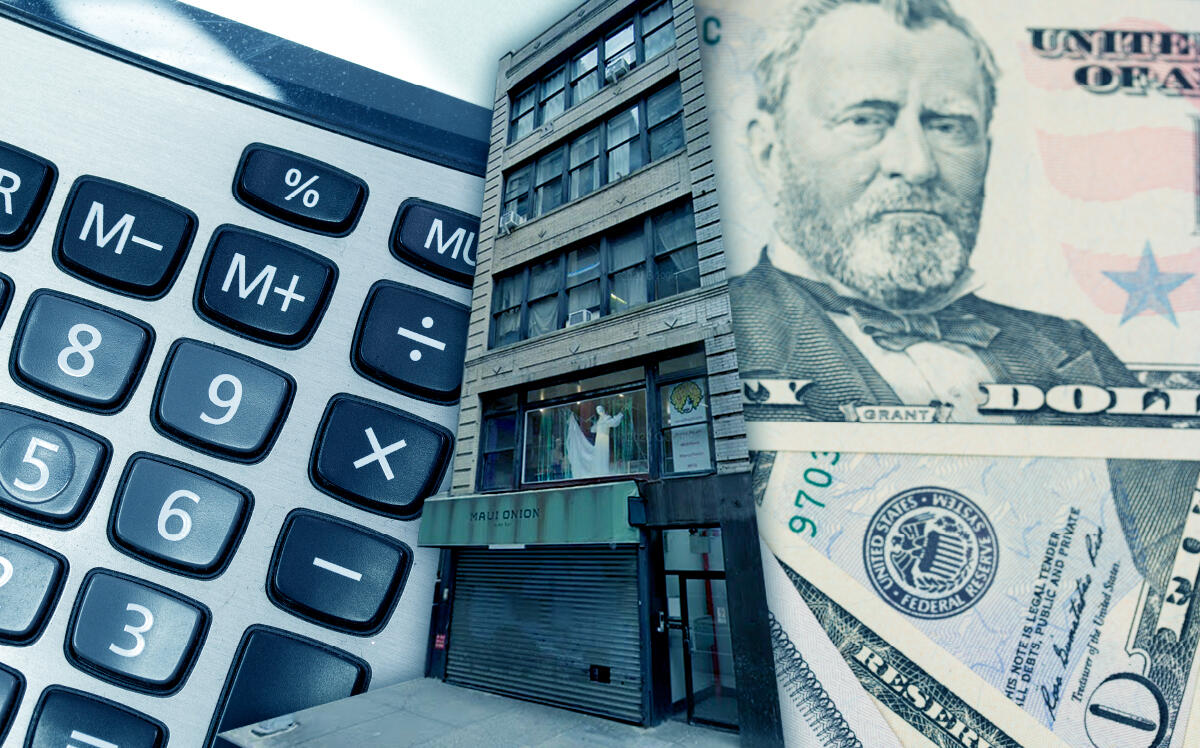How to nab a NoMad loft for less than $400 a month? Suss out a loophole in the city’s arcane Loft Law.
A complaint filed Tuesday alleges that Christopher Gelinas — the second-floor tenant of a loft building at 35 West 26th Street — was charged $4,000 a month more than he should have been for an apartment with a stabilized rent of $363.
The discrepancy dates back to the early 1980s.
The property, likely an industrial space converted for residential use, went on the books in 1984 when the then-owner registered all four units with the Loft Board.
The board’s approval legalized the apartments and brought them into rent stabilization. The board set initial rents — $299.75/month for the unit in question — and raised them incrementally as the owner met code compliance “milestones” in 1993, 1995 and 2007, when the rent reached its current rate of $363.75.
One avenue for landlords to deregulate a loft is to buy a tenant’s rights to a unit. For the departing tenant, that usually involves a substantial payout, after which the landlord can hike rents to market rate.
But a landlord flagged by the board for harassment cannot do that, said Luise Barrack, an expert in Loft Law at law firm Rosenberg & Estis.
“And in this case — there was an order of harassment,” said Barrack, who is not involved in the dispute.
Read more


About a year after the Loft Board legalized 35 West 26th Street, it issued a harassment finding against the building’s then-owner, Kiamie Buildings, for removing ceilings in the hallway, rendering the building unsafe.
Kiamie had 30 days to contest the order, documents reviewed by Barrack show, but it brought a challenge four days late.
“Therefore it was found untimely,” Barrack said, “and the order stuck.”
So when the building’s current owner, a limited liability company, bought out the rights of tenants on the second and fifth floors in 2016, the Loft Board determined that the order of harassment still stood and therefore the units in question would remain rent-stabilized — conceivably, forever.
A 2019 Loft Board order finalizing the building’s removal from the board’s jurisdiction underscored the decision.
“If either unit is still being used residentially, the current residents may have a very powerful case for rent overcharges if they are paying more than the amounts listed in this order for those two floors,” a Loft Board tenant representative wrote in the order.
Nonetheless, one year later, the LLC signed up Gelinas at $4,300 a month.
Now he is asking for more than $141,000 to cover nearly $50,000 in overcharged rent, a two-month security deposit he said was illegal, plus interest and legal fees.
Barrack said the facts back the suit’s argument. The tenant’s attorney declined to comment. The landlord and landlord’s attorney could not be located.
The owner could counter by establishing that the harassment charge was unfounded — that the previous owners took down ceilings not to harass tenants, but out of concern for their safety — but that could be hard to prove nearly four decades later.
“There’s a factual dispute there, but that factual dispute is a very long time ago,” said Barrack. “I think it’s unlikely that it’s going to be revisited at this point.”
